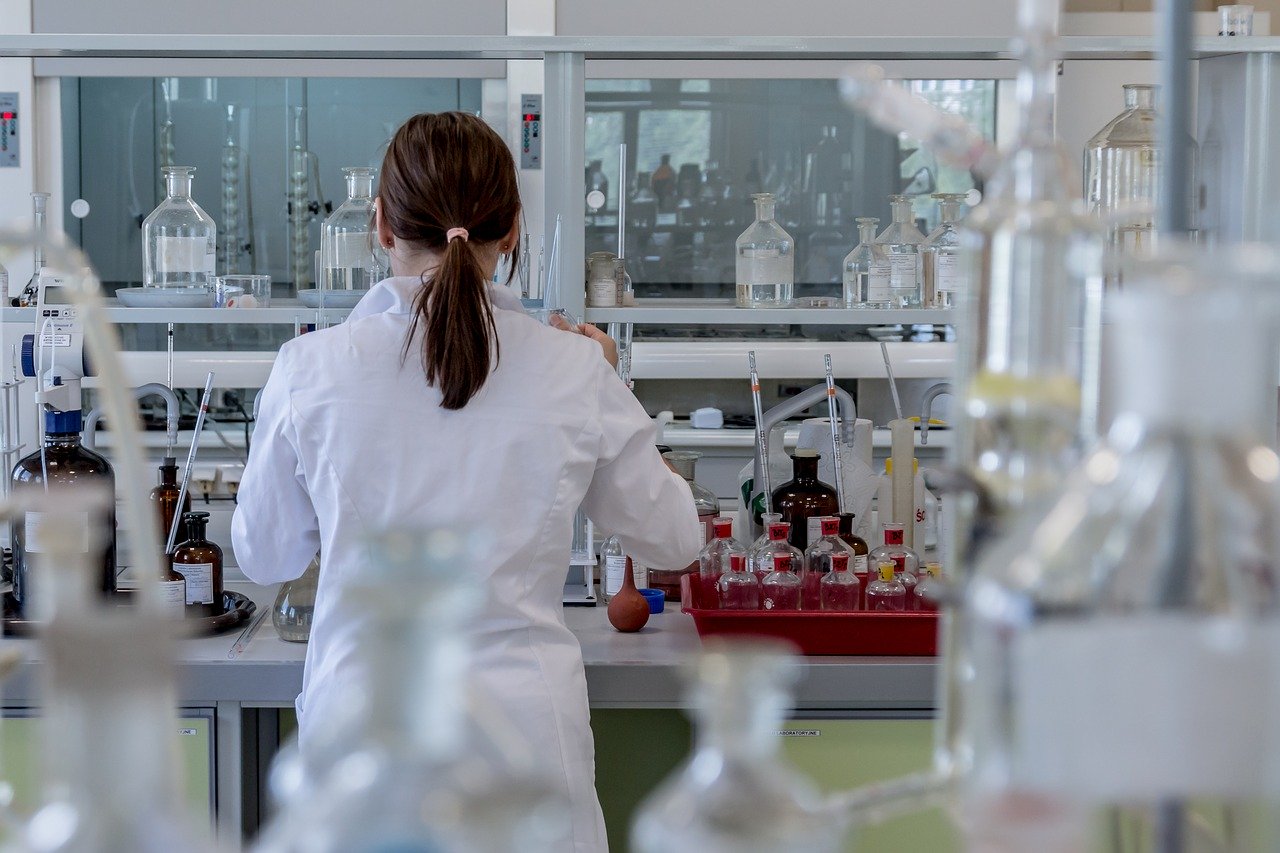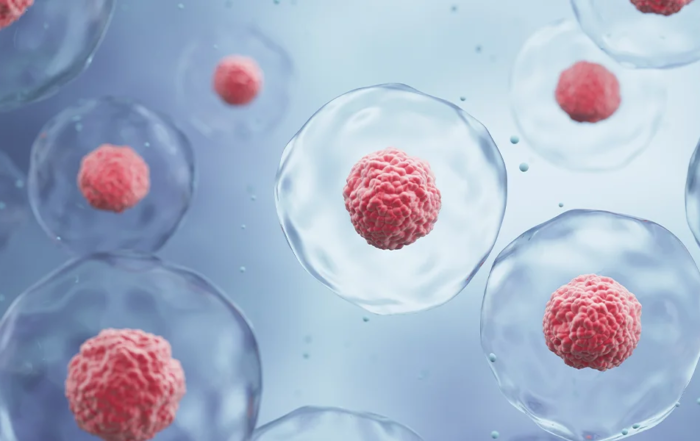Table of Content
Disposables have been around for a long time. In the late eighteenth century, the making of first-ever disposable shirt collar began the era of disposables. Today, they are used in almost every sector. In fact, many industries like pharmaceuticals, biotech, and clinical research can’t function without disposable labware.
In the conventional setup, most labs had to rely on glassware. However, glassware is often prone to crack or shatter, is expensive, and can give rise to scientists’ safety concerns. With disposable labware, which is mostly made from plastic or metal (like steel), scientists can work in a safe environment without losing the integrity of resulting data. It often includes Petri dishes, reservoirs, trays, plasticware, pipettes, and pipette tips, among others.
Let’s find out how using disposable labware can benefit your organization.
1. Avoid Ongoing Cost of Cleaning and Sterilizing
One of the biggest advantages of using various disposable labware is that you don’t have to wash and sterilize it.
The accuracy of lab experiments and tests relies on effective sterilization and cleaning. You have to make sure all the re-usable items are free of any chemical or microbiological residue.
Thorough cleaning and sterilization, in turn, requires you to invest in washers, sterilizers, chemicals, and expensive equipment like an autoclave. Furthermore, you will need to train your staff to ensure the best cleaning and sterilizing practices. In short, you will be spending a considerable amount of time, money, and effort in keeping the re-usable labware clean.
Most disposable labware, however, are pre-sterilized and then packed to ensure zero contamination. You can unpack them just before the use. You can also discard them easily after use. As a result, the chances of failing your lab experiments and tests due to contamination are low-to-none.
2. Better Suited for On-Site Use
Many a time, labware needs to be used outside the four walls of a laboratory. For example, doctors in a remote medical camp offering mobile outreach services will need to use sterilized medical and lab equipment. Similarly, scientists often have to collect test samples from actual sites while ensuring there is no contamination.
In these situations, using re-usable labware becomes risky. The chances of potential contamination are remarkably high in outdoor environments. In fact, using re-usable medical and surgical equipment in such an environment can lead to life-threatening infections.
Further, moving and setting up sterilization equipment like autoclave is a logistically challenging task. It is also expensive, resulting in higher program or service costs.
Most disposable labware, on the other hand, is logistically and operationally easier to use in on-field applications. As it comes in pre-sterilized packing, all you have to do is unpack it before use. This reduces the chances of contamination. You can also discard it safely afterward.
3. It Is a Cost-Effective Alternative
Running a laboratory, whether a pathology lab or a pharmaceutical research facility, is an expensive endeavor. You can’t cut corners on your sterilization, maintenance, and work practices as doing so will endanger your staff, and also damage your experiments and tests.
But, you also have to deal with the increasing cost of raw materials, labor, and fuel (energy), among other things. Disposable labware, being considerably cost-effective, can be the perfect solution for you. As you don’t need to store disposables after use, you can save a lot of storage space.
You can easily manage your supplies, depending on your consumption. Without the additional cost of cleaning and sterilization, even the slightest difference in the cost between re-usable and disposable labware can result in considerable cost savings. You can spend this money on your core research activities and procuring other essential raw materials.
Final Thoughts
As you can see, disposable labware does offer a few distinct benefits. It is safe, convenient, cost-effective, and offers low contamination risks. This is why an increasing number of scientists, doctors, and research organizations have started using disposable labware. Would you rather be one of them or get left behind, risking the future of your laboratory? Tell us when you plan to start using disposables in the comments section.
Recent Posts
Earth Day in the Lab: GenFollower’s Eco‑Driven Innovations for Sustainable Science
What is Earth Day? Earth Day began in the United States in the early 1970s, when a burgeoning environmental movement on college campuses sought to awaken public consciousness towards the fragility of our planet. [...]
What is Cell Therapy Manufacturing?Essentials and manufacturing processes for cell therapies
Cell therapy is rewriting the rules of modern medicine. Imagine a treatment that uses a patient’s own immune cells, reprogrammed in a lab to hunt down and destroy cancer—this is no longer science fiction [...]
Why use filter pipette tips? A Comprehensive Guide to Filter Pipette Tips
In laboratory workflows, unseen threats like aerosol contamination, residual liquid carryover, and cross-contamination can silently sabotage experimental results. This is where filter pipette tips step in—not just as disposable tools for liquid handling, but [...]



